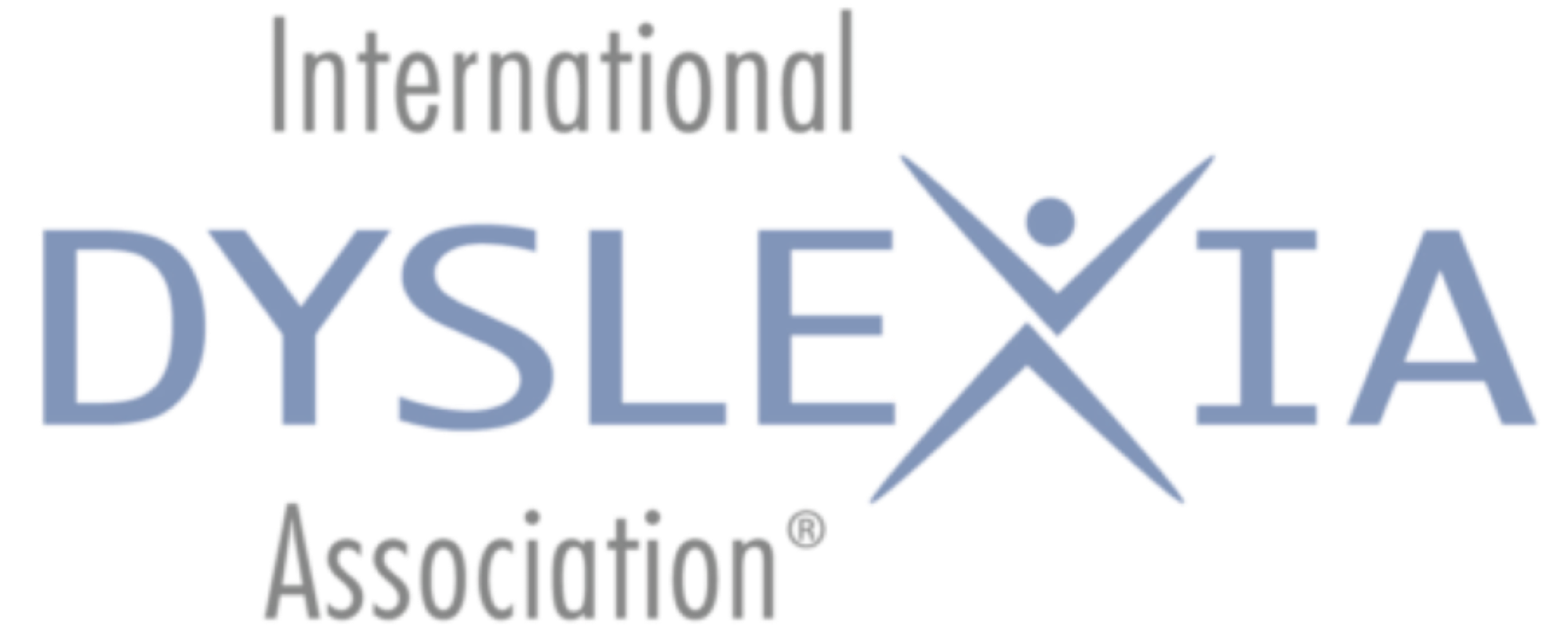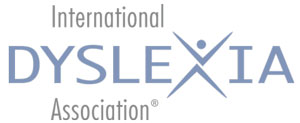Share This: 


Volume 7, Issue 1
February 2018
By Margie Gillis
I have been a teacher for many years. I have watched the proverbial pendulum swing, teaching fads and trends come and go, and methods of teaching reading based on various decision-makers’ knowledge and opinions shift.
Usually the decision-makers are not the teachers—those on the ground who are closest to the students. In my travels in and out of myriad schools and many teachers’ classrooms, I have been troubled to observe the following:
- Whether teachers are handed a program du jour or they are given more freedom because they use a ‘guided reading’ approach, they do not receive the guidance and support they need to implement the program or approach effectively.
- All too often they are not encouraged to study and analyze—to understand the instructional materials they are given to use.
In short, they are not encouraged to think critically in order to make informed instructional decisions.
How Did We Get Here?
Once, most teachers were given basal reader programs to teach reading. Some of you may remember the famous Dick and Jane Series. The teacher used these stories—along with workbooks and practice exercises that were included in the teacher’s manual—to teach a variety of reading skills in a specific sequence.
Basals were replaced several decades ago by leveled readers. The text selections in leveled readers, especially in terms of vocabulary and language, were considered more authentic and less controlled than the basals. Today, most teachers still use leveled books to guide their students through the process of reading increasingly difficult text. What this means is that teachers have more leeway in choosing how they will teach reading. Unlike the days when teachers relied on a manual to instruct students in various reading skills, many teachers are given the freedom to choose practice exercises and activities.
All Teachers Teach Reading
In order to make well-informed instructional decisions, teachers need a great deal of knowledge and expertise.
All teachers, particularly those who teach in the early grades, must know how the skills of reading develop, what good readers (and writers) need to learn to become proficient, and how to support students who struggle. Even content teachers—those who teach math, science, and social studies—require their students to read relevant content material. And yet many undergrad teacher prep programs do not include courses that teach these academic content teachers how to teach reading to their students who cannot yet read. Even graduate programs—which virtually all teachers engage in—give short shrift to the science of teaching reading. This is a common experience among both general and special education teachers.
The good news is that most teachers are well-intentioned and motivated to learn how to support their students’ academic success. The bad news, however, is that many do not have the requisite knowledge to make informed choices when it comes to the selection and use of instructional strategies and materials—a fact that has been well-documented (see Brady, Gillis et al., 20091, Moats, 19942; Spear-Swerling, Brucker, & Alfano, 20053; Bos, et al., 20014). Refer to IDA’s Knowledge and Practice Standards for Teachers of Reading for additional information and documentation on this topic.
How Do Teachers Decide?
So how do teachers decide which activities and materials to use and how to use them effectively?
Precious instructional time may be squandered on trial-and-error teaching.
In addition to the World Wide Web, teachers get materials and activities from their peers who may know less than they do but are eager to share a “cute activity” that their students enjoyed. Either way, evidence-based practices are in short supply in many teachers’ classrooms—not because teachers are not interested in doing what is right. They just don’t know what the right thing is. In short, they don’t know what they don’t know. And their administrators may be no better off when it comes to having the deep knowledge that is needed to get the job done.
Teachers Must Be Informed Consumers
Simply put, I believe that it is the teacher, not the program, who teaches the child to read. A skilled teacher can take a weak program or a poorly written activity and make it work. Conversely, an inexperienced and uninformed teacher can be handed an excellent program or a tried-and-true set of materials and use them ineffectively.
Here is what I recommend.
- Teachers should be encouraged to see themselves as critical thinkers. They, along with their students, are the integral consumers of educational practices.
- To be critical consumers, teachers must be actively engaged in the process of making informed decisions. This requires deep content knowledge of language structure—as well as knowledge of the reading process itself.
Our children—especially those most vulnerable due to dyslexia and other learning challenges—must be taught by teachers who are not only knowledgeable and experienced but who are also thinkers—well-supported as they critically consume the materials they select and use.
- Most importantly, teachers should receive support from their school and district administrators to ensure that they are using the tools that have been selected to teach reading most effectively.
Our children—especially those most vulnerable due to dyslexia and other learning challenges—must be taught by teachers who are not only knowledgeable and experienced but who are also thinkers—well-supported as they critically consume the materials they select and use.
1Brady, S., Gillis, M., Smith, T., Lavalette, M., Liss-Bronstein, L., Lowe, E.,…Wilder, T. D. (2009). First grade teachers’ knowledge of phonological awareness and code concepts: Examining gains from an intensive form of professional development. Reading and Writing: An Interdisciplinary Journal, 22, 425–455.
2Moats, L. C. (1994). The missing foundation in teacher education: Knowledge of the structure of spoken and written language. Annals of Dyslexia, 44, 81–102.
3Spear-Swerling, L., Brucker, P., & Alfano, M. (2005). Teachers’ literacy-related knowledge and self-perceptions in relation to preparation and experience. Annals of Dyslexia, 55, 266–293.
4Bos, C., Mather, N., Dickson, S., Podhajski, B., & Chard, D. (2001). Perceptions and knowledge of preservice and inservice educators about early reading instruction. Annals of Dyslexia, 51, 97–120.
5https://www.edweek.org/ew/articles/2017/03/29/for-educators-curriculum-choices-multiply-evolve.html
 Margie B. Gillis, EdD, CALT, is a Certified Academic Language Therapist who became interested in reading while studying with Isabelle Liberman at the University of Connecticut. In 2009, Margie founded Literacy How to provide professional development on how best to implement research-based reading practices in the classroom. In 2010, Margie founded the Anne E. Fowler Foundation to continue the work of her mentor. The Foundation supports scholarships for teachers to earn advanced degrees in Reading and Language Development at Fairfield University. Margie also is the co-founder and former president of Smart Kids with Learning Disabilities, the former president of the CT Branch of IDA, and a board member of the New Alliance Foundation. She is also a professional adviser for Read Works and Understood. The column Chronicles from the Classroom presents her experiences in the field of reading and offers concrete suggestions about what we can do to right the educational ship.
Margie B. Gillis, EdD, CALT, is a Certified Academic Language Therapist who became interested in reading while studying with Isabelle Liberman at the University of Connecticut. In 2009, Margie founded Literacy How to provide professional development on how best to implement research-based reading practices in the classroom. In 2010, Margie founded the Anne E. Fowler Foundation to continue the work of her mentor. The Foundation supports scholarships for teachers to earn advanced degrees in Reading and Language Development at Fairfield University. Margie also is the co-founder and former president of Smart Kids with Learning Disabilities, the former president of the CT Branch of IDA, and a board member of the New Alliance Foundation. She is also a professional adviser for Read Works and Understood. The column Chronicles from the Classroom presents her experiences in the field of reading and offers concrete suggestions about what we can do to right the educational ship.
Copyright © 2018 International Dyslexia Association (IDA). Opinions expressed in The Examiner and/or via links do not necessarily reflect those of IDA.
We encourage sharing of Examiner articles. If portions are cited, please make appropriate reference. Articles may not be reprinted for the purpose of resale. Permission to republish this article is available from info@dyslexiaida.org.


